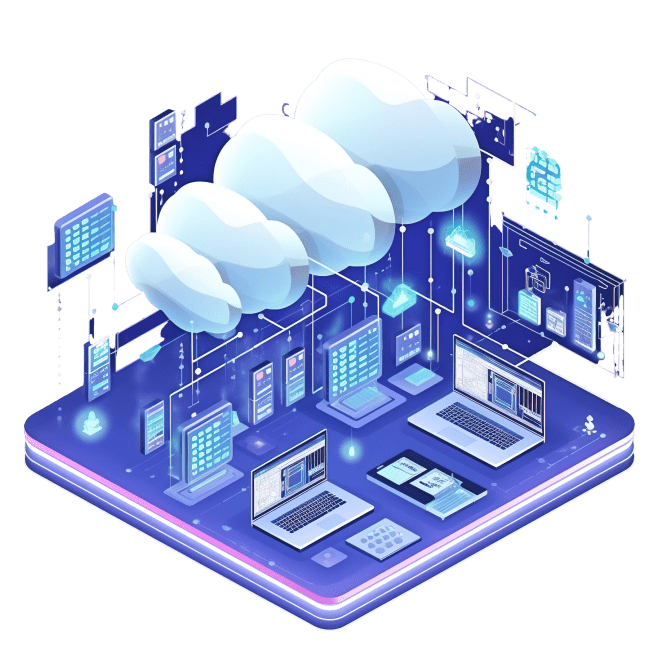Home >AWS Consulting > Migrations> Refactoring in AWS
Refactoring in AWS
Refactoring is a complex AWS migration strategy for adapting applications to the cloud, particularly suited for antiquated mainframe systems needing significant architectural changes.
It’s essential for monolithic applications that require careful handling during migration. At AllCode, our AWS cloud migration services guide teams through this intricate process, ensuring a successful transition and optimized performance.

Transforming Your Application
for the Cloud
Refactoring, or “re-architecting,” is an excellent option for businesses looking to optimize their application architecture for the cloud. This process often involves replacing outdated components, rewriting legacy code, swapping self-serving services for their AWS equivalents, and incorporating containers or serverless functions. Plenty of data storage services are available for developers migrating existing workloads.
Retooling a legacy application for the cloud can help you achieve significant improvements without overhauling the core architecture. With just a few updates, you can take advantage of cloud-native features like auto-scalability and support for Agile DevOps processes, all while saving time and money.
Why Embrace Refactoring for Your Cloud Journey?
Refactoring is an important AWS migration strategy for applications that struggle to adjust easily to AWS due to outdated architecture. While the transition may take several months to a year, it allows for continuous optimization and overcomes the limitations of legacy systems. The main challenges of refactoring include execution risks and the time involved, but the benefits can be significant. Our AWS cloud migration services provide the maximum benefit with the minimum possibility for those risks.

Unlock Long-term Cost Savings
In the cloud, resource consumption can be better aligned with actual demand, which is especially beneficial during peak business times. You can easily acquire or retire computing and storage resources based on your needs.

Achieve Unmatched Application Stability
Cloud connections tend to be more stable than those on physical infrastructure. With AWS’s regional presence, you can allocate applications locally for optimal latency, and should a cloud server go offline, robust contingencies are in place to minimize downtime.

Simplify Your Business Operations Effortlessly
One key advantage of AWS is its ability to simplify and automate many operational tasks. Common maintenance activities such as scaling, patching, recovery, and user activity monitoring are handled automatically, reducing overhead and freeing up your team.

Accelerate Innovation Like Never Before
Seamless Preparation and AWS Migration Strategy
with AWS Experts

Seamless Preparation
Clients will collaborate with our certified AWS experts during this critical stage to ensure a successful transition. We’ll start by reviewing the pre-confirmation app questionnaire and conducting interviews with application owners to validate server inventory. Together with the original application developers, we’ll thoroughly assess the application to identify performance improvements needed and maximize the efficiency of our AWS migration service.

Smooth Migration Process
The Application Migration Service Refactor Spaces will incrementally guide developers as we prepare for migration. Our specialists will maintain a comprehensive list of dependencies, inbound and outbound network ports, and access requirements to establish load balancers, firewalls, subnets, and security groups in the AWS environment. Meanwhile, the QA team will develop test scenarios to ensure the success of our AWS migration services.

